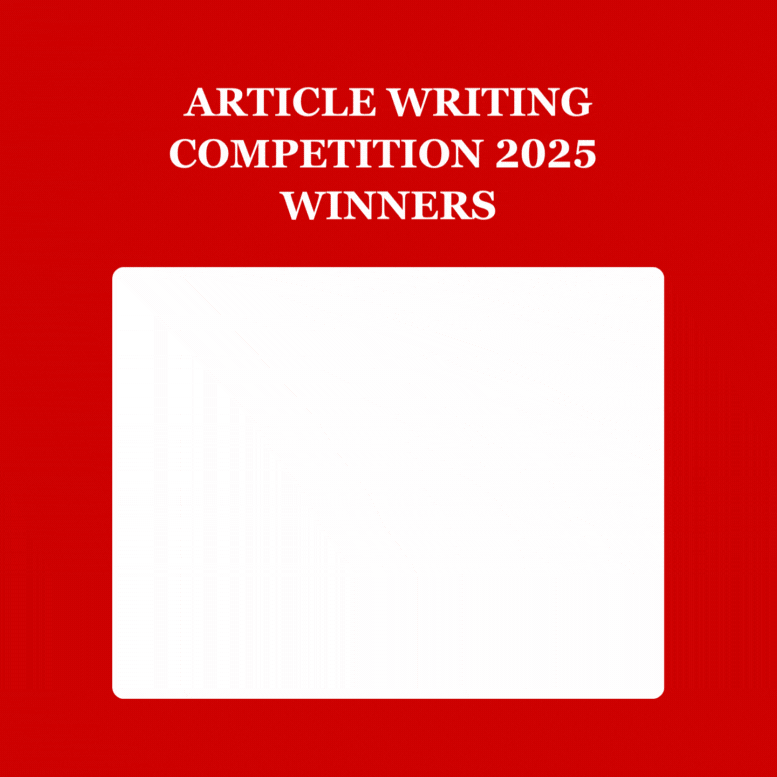The Trump 2.0 phenomenon has begun, and with it, the world has entered a new phase of dynamism and transitional shift marred by unpredictability and uncertainty as its main features. In his first stint, President Trump acted like a Machiavellian strongman when he pulled the United States (US) out of the Paris Agreement, rolled the US out of the Joint Comprehensive Plan of Action (JCPOA) deal with Iran, and took steps to begin to withdraw the US from the World Health Organization (WHO) – at the height of the COVID pandemic in 2020.
Now, as his second innings begin, he is following through on this promise of again withdrawing the US from the WHO and issuing directives for the mass deportation of illegal migrants. Now, All eyes are on how President Trump deals with NATO, an organization he dismissed as “obsolete” in 2017. On one of his campaign trail, President Trump repeatedly said he would tell Russia they could do “whatever the hell they want” to any Nato members not paying their bills.
Trump’s second term reinforces protectionism, trade wars, and geopolitical shifts, posing serious risks to global economic stability.
Hence, there is apprehension in the European Union about waning US commitment to the North Atlantic alliance, which may embolden Moscow’s expansionist design. Against this backdrop, one can only presume that the US foreign policy during his second term would again likely be far more disruptive and will continue to follow a previous theme of isolationism.
This protectionist, inward-looking policy will exacerbate global uncertainty, severely impacting global economic growth, as evident by a recent United Nations report projecting that global economic growth will remain at 2.8% in 2025, forecasting that global growth remains stubbornly below the pre-pandemic level.
Similarly, President Trump’s repeated pronouncement of tariffs as “the most beautiful word in the dictionary” and his decree of imposing hefty tariffs on the US largest trading partners – Canada, Mexico, and China manifest that a tariff war is imminent, which will have far-reaching global economic consequences.
His “America first” agenda showcases the US retreat from its original position of free market norms and multilateralism which will not only jeopardize the integrity of liberal democratic institutions but will also escalate risk to global political instability, ultimately sending disruptive tremors throughout the world economy. Hence, one can only concur that globalization is ending rapidly, with geopolitics taking center stage in the rules-based order.
Debt-ridden countries like Pakistan, trapped in low growth and productivity cycles, must adopt a cautious growth strategy following the change in leadership in Washington. Reviewing President Trump’s past engagement with Pakistan, one can foresee that Pakistan will face the most interesting, turbulent, and challenging four years in its foreign relations.
In his first stint, he ended military aid to Pakistan and expressed concerns about the country’s role as a potential safe haven for terrorist activities. During his first stint, Pakistan was placed in the Financial Action Task Force (FATF) in 2018. Such past engagement necessitates Islamabad to remain vigilant and reflective in the face of Trump 2.0 in the geopolitical scene. The semblance of recovery Islamabad achieved via a blended combination of tight fiscal and monetary policy in 2024 must be supplanted with cautious policy measures in 2025.
Structural reforms and private sector engagement are crucial for Pakistan to break its cycle of economic stagnation and low growth.
Islamabad is still not out of the woods and remains heavily dependent on an IMF bailout. The government’s prudent belt-tightening policy measures have reduced inflation to single-digit numbers, followed by a surplus in the current account, albeit with low growth. However, the formidable test for policymakers in Islamabad lies in navigating the path to robust economic growth while avoiding the pitfalls of boom and bust cycles.
The recent announcement of Uraan Pakistan as an endeavor to rejuvenate economic growth seems like a wishlist as it does not provide the framework or an enabling environment where structural reforms can be ensured. The government must avoid this business-as-usual approach and adopt bold, decisive reforms, realistic targets, and an actionable roadmap to generate employment opportunities.
Structural reforms are indispensable to break the boom and bust cycle; hence, the government must reduce its footprint in the economy, which is close to 67 percent. It must incentivize the private sector by accepting the role of a facilitator and ensuring the rules are followed. For sustainable higher growth, private sector engagement, foreign direct investments, exports, and remittances must be the ingredients of a sustainable growth trajectory.
The policymakers in Islamabad must understand that US interests in Pakistan in 2025 will likely be the same as in Trump’s 2017, which means low engagement ought to waning US strategic interest in Afghanistan. President Trump will continue to rely on New Delhi to counter Beijing’s influence in the Indo-Pacific region.
The appointment of Marco Rubio as secretary of state and his views on China as the greatest threat to American prosperity in the 21st century indicates that strengthening the US-India partnership will be a priority for him. Given Islamabad’s closed strategic partnership engagement with Beijing, Islamabad must adopt a hedging policy and must not get caught in the cross-hair of great power rivalry.
Geopolitics is taking center stage, signaling the rapid decline of globalization and the rise of protectionist policies worldwide.
Pakistan must adopt a coherent, non-traditional, multi-faceted diplomacy to protect and propagate Pakistan’s strategic interests by maintaining the US as the single largest destination of Pakistani exports and ensuring the necessary US support in the IMF to continue the current program. To conclude, 2025 will be a year of uncertain turbulence with President Donald Trump in the driving seat. Pakistan must swim the tide with a policy of caution and pragmatism rooted in securing its larger national interests.
Disclaimer: The opinions expressed in this article are solely those of the author. They do not represent the views, beliefs, or policies of the Stratheia.


